Icon of the Forty Holy Virgins
€40,00 – €60,00Price range: €40,00 through €60,00 "without VAT"
Icon of the Forty Holy Virgins on a polished gold background, handmade, high quality, dimensions 16×20 or 20×25 cm.
Icon of the Forty Holy Virgins, Polished with Handmade Silkscreen Print.
Feast of 1 September
Handmade silkscreen print “Forty Holy Virgins”, high quality. The polished gold background creates a luxurious reflection, highlighting the detail of the Byzantine iconography. Each copy features top color accuracy and perfect uniformity thanks to the traditional silkscreen printing technique.
Product Features
-
Technique: Handmade silkscreen print
-
Background: Polished gold finish
-
Subject: Forty Holy Virgins
-
Dimensions: 16 × 20 cm or 20 × 25 cm
-
Frame: Gold-finished solid wood
Ideal for home worship spaces, chapels, or as a special religious gift, this silkscreen print combines tradition, art, and timeless radiance.
These holy women lived during the time of King Licinius in Hadrianople of Thrace. The ruler of the region, Bavdus (circa 305 AD), arrested them as Christians and urged them to worship idols. Kelsina, one of them and the first of the city, after her courageous confession of her faith, gathered them all to her house together with their teacher, the deacon Saint Amun, to be strengthened for martyrdom.
Amun took the paper with their names on it and read them aloud one by one. Then he said: “Fight for Christ through martyrdom, for so shall Christ the Bondsman also sit at the gate of the kingdom of heaven, and shall call you one by one by name, to give you the crown of eternal life.”
When the ruler questioned them again, they all firmly confessed their faith. By their prayer they crushed the idols, and the priest of the idols was lifted up in the air, until, tormented by fiery angels, he fell dead to the earth.
Then the staff commanded that Saint Amun be hanged, his ribs scraped, his wounds burned with lighted candles, and a bronze helmet put on his head.
As the Saint remained unharmed by the torments, he was led, along with his disciples, from Beroea (present-day Stara Zagora, Bulgaria) to Heraclea, to Emperor Licinius. On the way, the Lord appeared and encouraged them. Upon reaching the city, they went to the place where the venerable relics of the Holy Martyr Glyceria had been deposited.
While they were spending the night there praying, the Saint appeared to them, saying: “Welcome, holy servants of God! I have long awaited your glorious company in Christ, so that we may all dance crowned together with the holy angels in the kingdom of Christ, whom we have confessed to our blood.”
In Heraclea they threw them to the beasts. The holy women with their teacher prayed standing with their hands raised, and the beasts were taken by sleep and did not touch them. While the soldiers were lighting a fire to throw them in, they prophesied to the impious Licinius the victory of Constantine the Great, the victory of Christianity and the abolition of idolatry.
Then they were sealed with the sign of the cross and ten of them jumped jubilantly into the flames, praising God, who set the fire. So they were finished in peace at the stake, and eight were beheaded with their teacher Amun. Of the rest, the executioners slaughtered some and put red-hot irons in the mouths of others.
Their names have survived in their ancient Martyrion (Bibliotheca Hagiographica Graeca 2280-2281) and are: Laurentia the Deacon, Kelsina, Theoktisti (the Theocleia), Dorothea, Euthyriana, Thecla, Aristaineti, Philadelfi, Maria, Veronica, Eulalia (the Euthymia), Labrotati, Euphemia, Theodora, Theodotus, Theodosia, Tethesia, Aquilina, Theodoulis, Applodora, Labadia, Procopia, Procopia, Pavla, Juliana, Juliana, Abliani, Persis, Polynices, Mavra, Gregoria, Lady (Kyriane), Vassa, Kallini, Barbara, Kiriaki, Agathonice, Agathonice, Iusta, Irene, Matrona (Agathonice), Timothea, Tatiana, Anna (Anthousa).
- 100% guaranteed transaction!
- 100% money-back guarantee!
- Immediate delivery for products in stock.
| Weight | N/A |
|---|---|
| Dimensions | N/A |
| Icon Decoration | with handmade serigraphy, with wood |
| Representation | Forty Holy Virgins |
| Size | Medium – MD, Small – SM |
| Collection | Athonite Items, Church supplies |
| Icon Type | Polisher |
| Usage | For the House, Για το Ναό, Για το Παρεκκλήσι |
| Material | Wooden |
Only logged in customers who have purchased this product may leave a review.
Related products
Church supplies
Church supplies
Church supplies
Church supplies
Church supplies
Church supplies
Church supplies
Church supplies

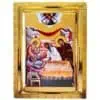
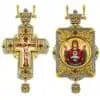
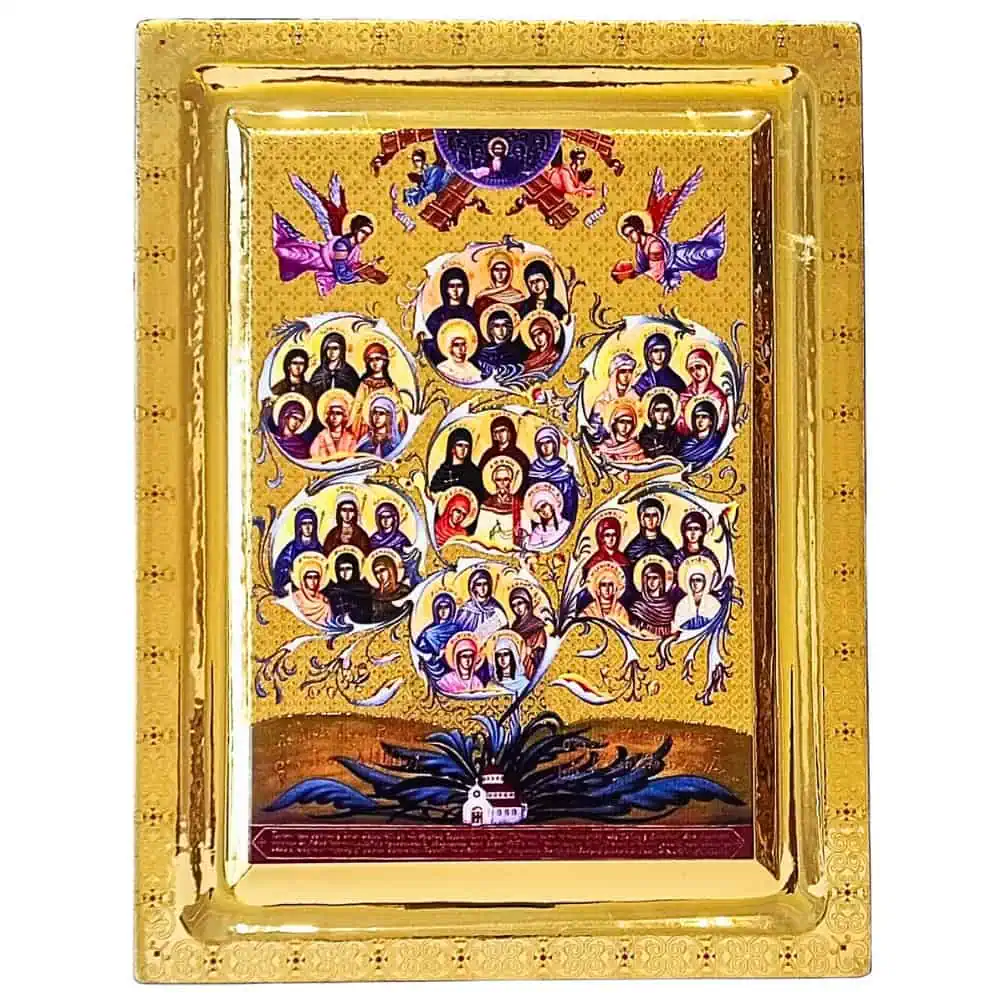
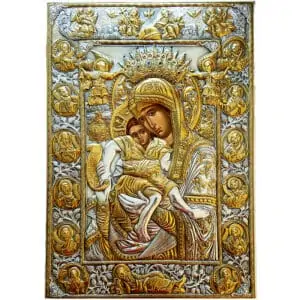
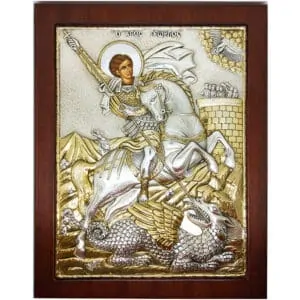
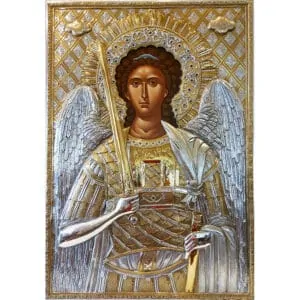
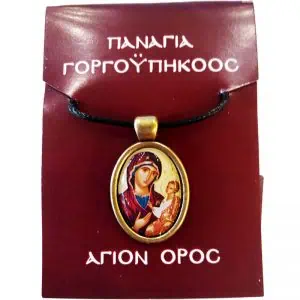
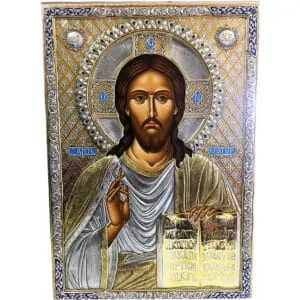


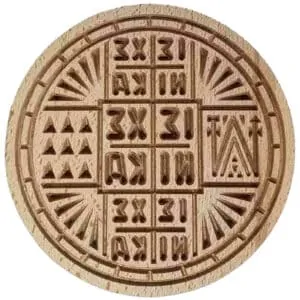
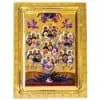
Reviews
There are no reviews yet.